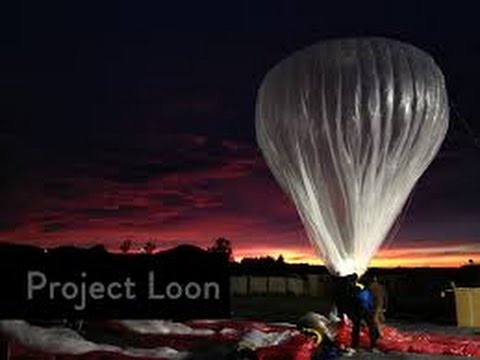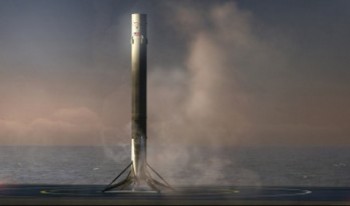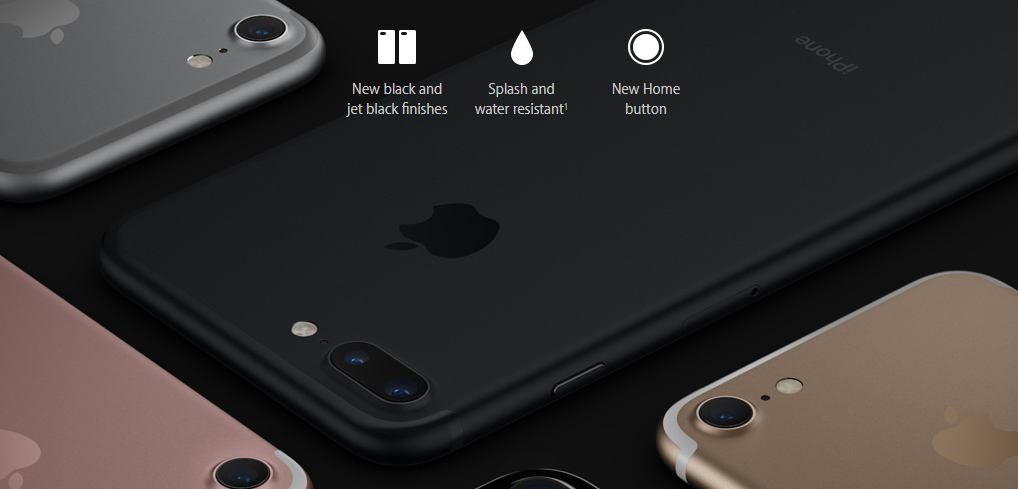Project Loon is in the news again; this time they are answering concerns to the Federal Communications Commission (FCC). Project Loon is Google’s project aimed at providing internet access to remote and rural areas using high-altitude weather balloons placed in the stratosphere to create an aerial wireless network.
Recently though, the FCC has received several informal objections about Project Loon. Commenters are questioning the potential harmful effects of radio-frequency energy on humans and the environment. Some companies are also concerned that Project Loon may interfere with their wireless operations. In response, Google has written to the FCC in an effort to assure them that the balloons pose no radiation threats to anyone.
From Tech Times:
Google sent a letter to the FCC assuring that Project Loon does not pose any risk to humans or environment. Google says that some parties worry that radio frequency (RF) from Project Loon testing will harm plants, animals and humans, who are in the vicinity where the test is conducted.
“The proposed experimental operations in fact present vastly less risk from RF exposure than other transmissions the Commission routinely authorizes. Thus, although we respect that the commenters’ concerns are genuinely held, there is no factual basis for them,” says Google.
Currently the plan is for the balloons to float over areas with little to no internet connection, at a height of about 60,000 feet, and send signals from ground-based antennas. As Google plans tests of the transmission system, they are addressing objections. Some of these include, as Google points out, that their antennas will point towards the sky not the ground. They go on to state that even if the antennas were pointed towards the ground –they are no danger from so far away. At 60,000 feet away even if the airborne transmitters were pointed at the ground, the signal strength that reaches the ground would be millions of times smaller than what the FCC already limits.
So what is in store for Project Loon in the near future?
Well, according to Tech Times:
The project is ongoing and Google is planning to send hundreds of more balloons in the stratosphere in an attempt to test Internet connectivity in remote areas of Australia, New Zealand, Argentina and Chile. Project Loon’s success may see thousands of balloons flying in the stratosphere in the near term.
We will certainly be keeping an eye to the skies to see what Project Loon and Google have in store for us next. What do you think of concerns brought up against Project Loon to the FCC? Are they completely unfounded? Is radiation something that people should be worried about from projects like this? How do you think the FCC will react? Comment below!





